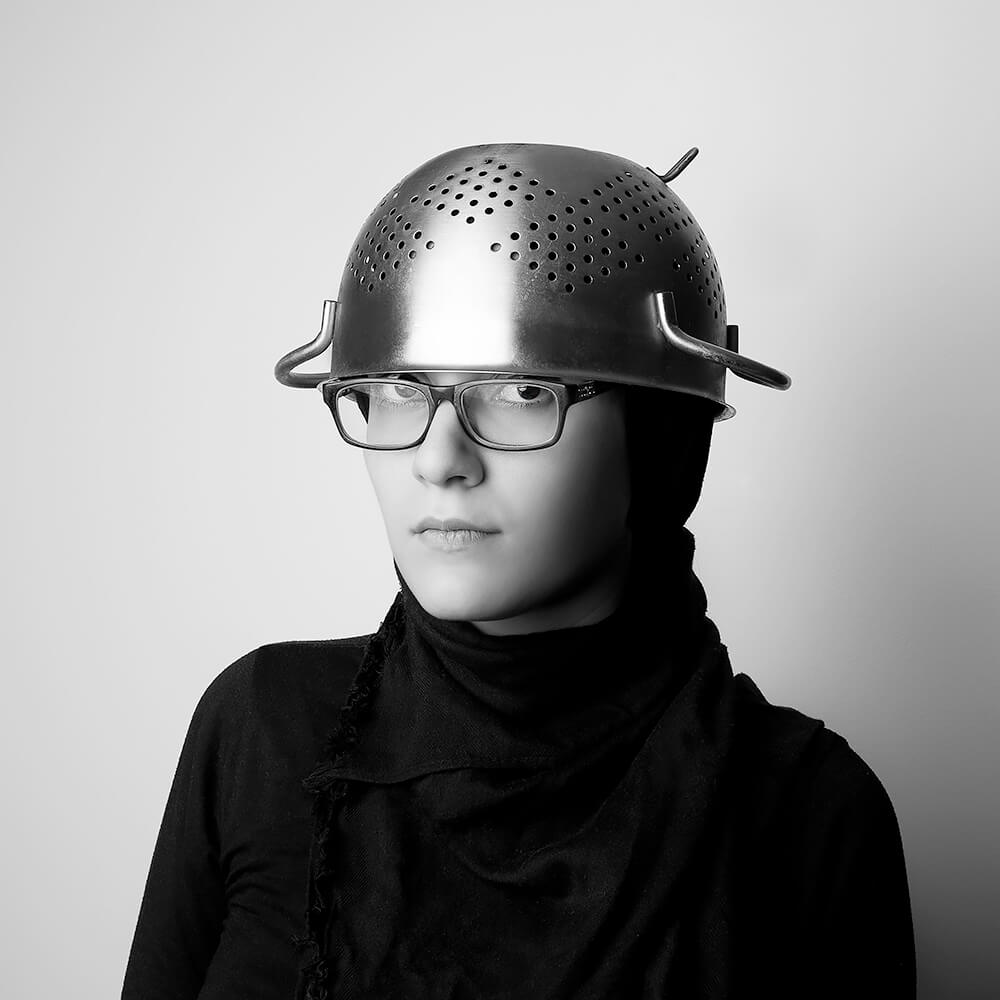Mahdiyeh Afshar Bakeshloo (born 1995 in Tehran) is a professional photographer in the category of fine art and concept from Iran.
Afshar has been studying photography professionally for 2 years in an academy since 2014 and is currently working in Tehran. Mostly she deal with human issues by referring to inner feelings that combined them with the inanimate environment.
The starting point of her works have always been his surroundings and personal feelings. Sensitively, she tries to explore her relationship with the world around her today.
Afshar held her first group exhibition at Mojdeh Gallery.
Her most famous collection is "The light in the city", which takes a look at contemporary Tehran. Reason for popularity of this collection was due to a special technique that was done by manipulating the photo.
So far, it has received various awards from world festivals such as IPA, Monochrome photography awards, Fine Art Photography Awards, ND Photography Awards, and Spider Photography Awards.
Afshar says about her photos: “Each of my projects describes human emotions such as sadness, loneliness, confusion. I try to make viewers find their hidden feeling in my photos.
Every time I take a photo, my personal feelings affect my work and shape my inner thoughts. I want to have something in common with my audience to talk to them. "
Most of Afshar's works are presented in single black and white photos.
Her photos has been published in various Magazine such as Float Photo Magazine, Humble Arts Foundation, F-stopmagazine, More Art please.
She has participated in many exhibitions in Iran, Greece and Rome.
